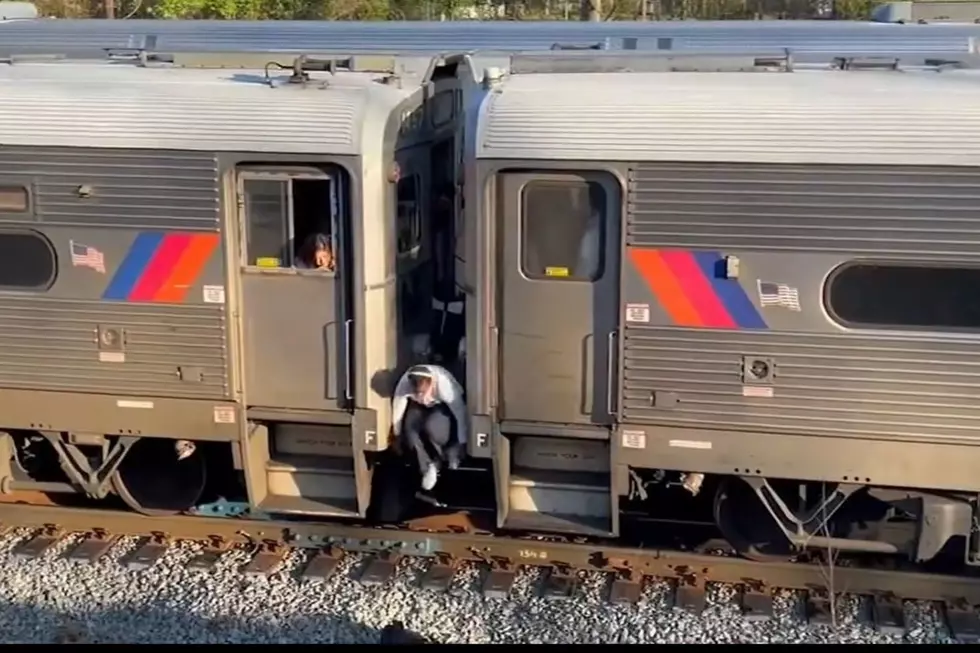
Tech advances lower chance that driver will die in car crash
WASHINGTON (AP) -- The chances of a driver dying in a crash in a late-model car or light truck fell by more than a third over three years, and nine car models had zero deaths per million registered vehicles, according to a study by the Insurance Institute for Highway Safety.
Improved vehicle designs and safety technology have a lot to do with the reduced risk, but a weak economy that led to reductions in driving may also have played a role, the institute said.
The study, which examined fatalities involving 2011 model year vehicles, looked at how many driver fatalities occurred in a particular model over the course of a year of operation, expressed as a rate per million registered vehicle years. It found there was an average of 28 driver deaths per million registered vehicle years through the 2012 calendar year, down from 48 deaths for 2008 models through 2009.
When the institute looked at the issue eight years ago, there were no models with driver death rates of zero.
David Zuby, the institute's chief research officer, called it "a huge improvement," even considering the effect of a weak economy. "We know from our vehicle ratings program that crash test performance has been getting steadily better. These latest death rates provide new confirmation that real-world outcomes are improving too."
Among the improvements credited for declining death rates is the widespread adoption of electronic stability control, which has dramatically lessened the risk of rollover crashes. SUVs had some of the highest rates a decade ago due to their propensity to roll over.
The rollover death rate of 5 per million registered vehicle years for 2011 models is less than a quarter of what it was for 2004 models, and six of the nine vehicles with zero deaths were SUVs.
Side air bags and structural changes to vehicles are also helping. Automakers are engineering vehicles with stronger occupant compartments that hold up better in front, side and rollover crashes, allowing the seatbelts and air bags to do their jobs well, said Russ Rader, an institute spokesman.
Improved technologies were responsible for saving 7,700 driver lives in 2012 when compared to how cars were made in 1985, the institute said.
But the gap between safest and riskiest models remains wide. Three 2011 models had rates exceeding 100 deaths per million registered vehicle years. The riskiest models were mostly lower-priced small cars, while the safest models were all mid-sized or large vehicles.
The nine models with zero deaths were: Audi A4 four-wheel drive, a midsized luxury car; Honda Odyssey, a minivan; Kia Sorento two-wheel drive, a mid-sized SUV; the Lexus RX 350 four-wheel drive, a midsized luxury SUV; Mercedes-Benz GL-Class four-wheel drive, a large luxury SUV; Subaru Legacy four-wheel drive, a 4-door midsized car; Toyota Highlander hybrid, a four-wheel drive midsized SUV; Toyota Sequoia, a four-wheel drive large SUV, and Volvo XC90, a four-wheel drive luxury midsized SUV.
While most were luxury models, two -- the Subaru Legacy and the Kia Sorrento -- are moderately priced.
The vehicles with the highest death rates were the Kia Rio, a 4-door mini car, 149 deaths per million registered vehicles; Nissan Versa, a small 4-door sedan, 130 deaths, and Hyundai Accent, a 4-door mini car, 120 deaths.
The declining death rates come as safety advocates in the U.S. and elsewhere set their sights on a goal of eliminating motor vehicle deaths. Sweden's parliament adopted a "Vision Zero" policy in 1997. New York City has since adopted a similar policy. The Governors Highway Safety Association, which represents state highway safety offices, issued a plan "Toward Zero Deaths" in 2009.
The institute has published death rates by make and model periodically since 1989, at first for cars only and later for all passenger vehicles. The rates include only driver deaths because the presence of passengers is unknown.
Although the latest numbers reflect 2011 models, the study included data from earlier-model year vehicles as far back as 2008 if the vehicles weren't substantially redesigned before 2011. Including older, equivalent vehicles increases the exposure and thus the accuracy of the results, the institute said. To be included, a vehicle must have had at least 100,000 registered vehicle years of exposure during 2009-12, or at least 20 deaths.
(Copyright 2015 The Associated Press. All rights reserved. This material may not be published, broadcast, rewritten or redistributed.)
More From New Jersey 101.5 FM









